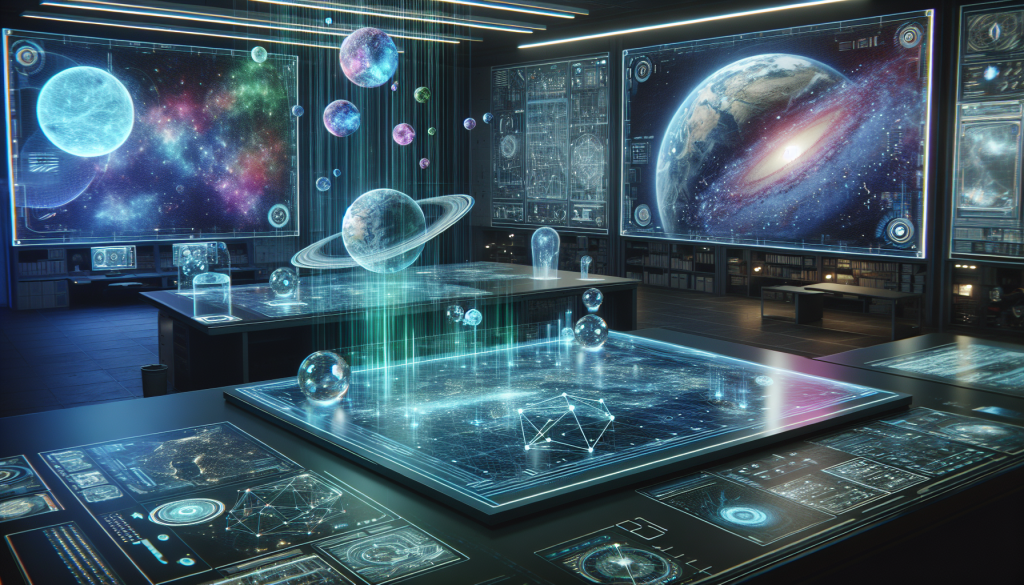
Holographic Displays: Sci-Fi Dream Turned Reality
Holographic Displays: Sci-Fi Dream Turned Reality
Imagine being able to interact with virtual objects in the real world, without the use of any screens or devices. This may sound like something straight out of a science fiction movie, but thanks to the advancements in technology, it has become a reality. Holographic displays, once a mere concept in the realm of imagination, has now turned into a tangible and exciting innovation. In this article, we will delve into the world of holographic displays and how it has transformed from a sci-fi dream to a living reality.
The Concept of Holographic Displays
The idea of holographic displays has been around for decades, often portrayed as futuristic in various sci-fi movies and books. This technology creates a 3D image that can be viewed from multiple angles, giving the viewer a sense of depth and immersion. Unlike traditional displays, which are limited to two dimensions, holographic displays add an extra dimension, making the viewing experience more engaging and interactive.
The concept of holographic displays is based on the principle of holography, which uses interference patterns to create a 3D image. However, creating this effect in reality has proven to be a significant challenge for scientists and engineers. It wasn’t until recent years that significant advancements in technology made it possible to achieve realistic holographic displays.
Advancements in Technology
One of the first significant breakthroughs in holographic display technology was the invention of the hologram in the 1960s. Since then, there have been numerous developments and advancements in this field, bringing us closer to the dream of interactive holographic displays. The development of lasers, digital media, and computer graphics have all played a crucial role in creating the modern version of holographic displays.
Recent advancements in light-field display technology have also contributed significantly to the evolution of holographic displays. This technology uses an array of tiny lenses to manipulate light waves and create the illusion of a 3D image in space. This method is more dynamic and versatile, allowing users to move freely and interact with the holographic image, making it feel more realistic and natural.
Real-World Applications
The uses of holographic displays are vast and varied, with potential applications in different industries, including medicine, education, entertainment, and advertising. In the medical field, holographic displays could revolutionize surgery by providing surgeons with a real-time 3D representation of a patient’s anatomy. It can also be used for medical training, allowing students to interact with virtual models for more effective learning.
In the education sector, holographic displays can make learning more interactive and engaging. Imagine being able to visualize historical events, scientific concepts, or even literature in 3D, making it easier for students to grasp complex ideas. Holographic displays can also enhance the entertainment industry, allowing filmmakers and game developers to create more immersive and realistic experiences for audiences.
The Future of Holographic Displays
The potential of holographic displays is limitless, and it is continually evolving with each new development in technology. As the technology advances, it is expected to become more accessible, affordable, and user-friendly. This could lead to widespread adoption in various industries and even in our everyday lives.
With the growth of the Internet of Things (IoT) and the increasing demand for augmented reality (AR) and virtual reality (VR) applications, the demand for holographic displays is expected to rise significantly. It won’t be long before we see holographic displays becoming an integral part of our daily lives.
In Conclusion
Holographic displays have come a long way since they were first envisioned in sci-fi movies. What was once a dream is now a reality, thanks to the constant advancements in technology. As we continue to push the boundaries of innovation, holographic displays have the potential to change the way we interact with the world around us. It is an exciting time for this technology, and we can only imagine how it will continue to evolve and shape our future.
